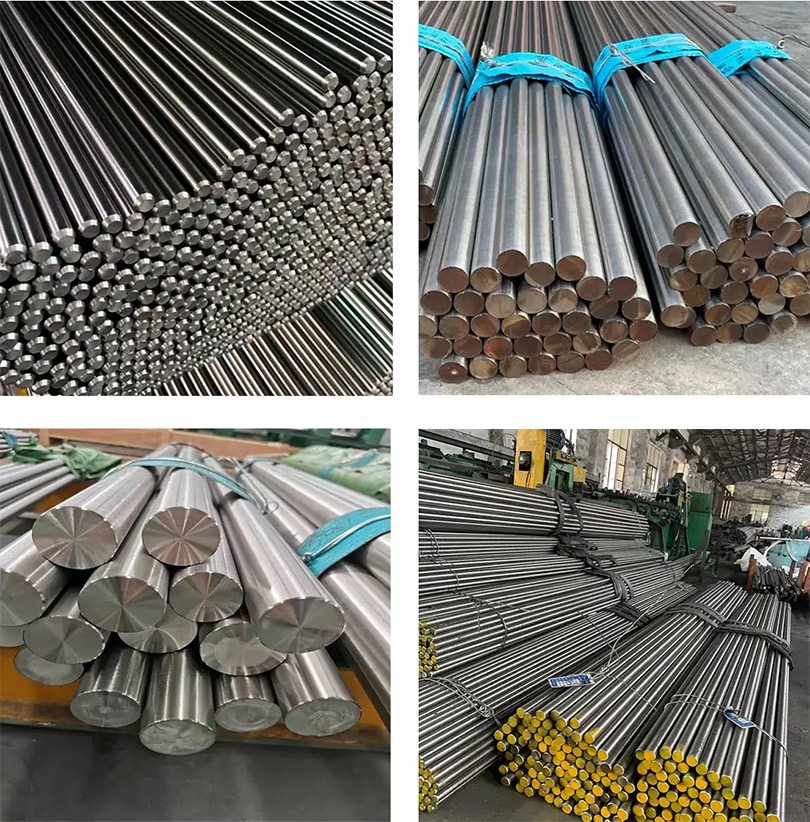Production Process
The following steps make up the production process: Raw materials (C, Fe, Ni, Mn, Cr, and Cu) are smelted into ingots by AOD finery, hot rolled into a black surface, pickled in acid liquid, polished automatically by machine, and then cut into pieces.
ASTM A276, A484, A564, A581, A582, EN 10272, JIS4303, JIS G 431, JIS G 4311, and JIS G 4318 are some applicable standards.
Product Dimensions
Hot-rolled: 5.5 to 110mm
Cold-drawn : 2 to 50mm
Forged Form : 110 to 500mm in
Standard Length : 1000 to 6000 mm is the
Tolerance : H9&H11
Product Features
● Cold-rolled product shine with a nice appearance
● Very strong at high temperatures
● After weakly magnetic processing, nice work-hardening
● Solution in a non-magnetic condition
Application
Suitable for uses in architecture, building, and other fields
Applications include the construction industry, the shipbuilding industry, and outdoor advertising billboards.Bus interior, exterior, packing, structure, and springs metal electroplating, handrails etc.
Standard of
The composition of 304 steel, especially the nickel (Ni) and chromium (Cr) levels, play a vital role in determining its corrosion resistance and overall value. Although Ni and Cr are the most important elements in 304 steel, other elements may be included. Product standards outline specific requirements for Type 304 steel and vary depending on the shape of the stainless steel. Generally, if the Ni content is greater than 8% and the Cr content is greater than 18%, it is considered to be 304 steel, often called 18/8 stainless steel. These specifications are recognized by the industry and defined in related product standards.











